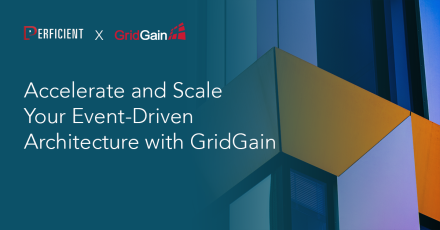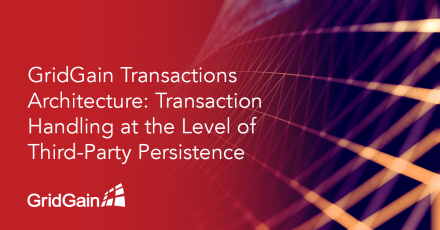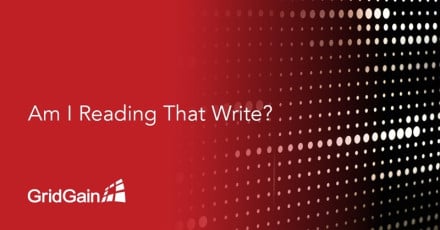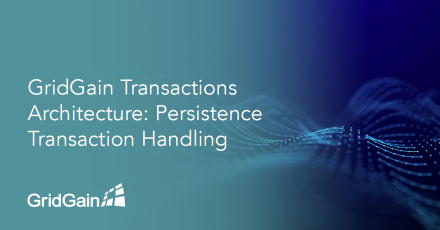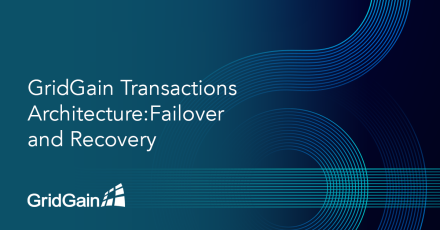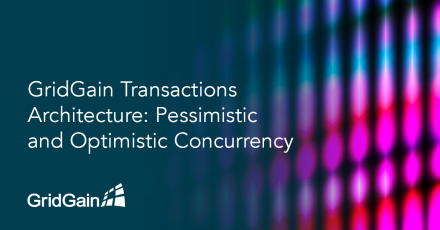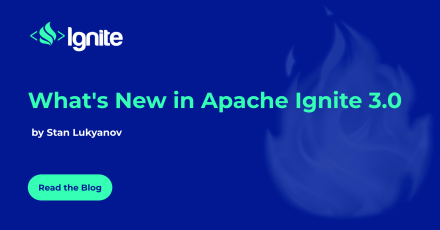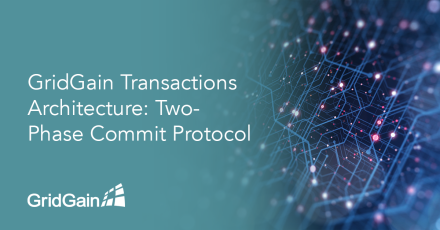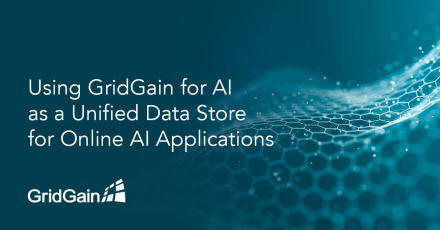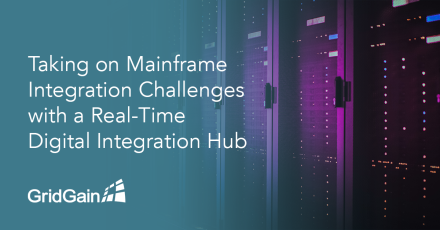GridGain Blog
[This blog post was originally published on Perficient’s website and is reprinted with permission.] Are you looking for a way to accelerate and scale your event-driven architecture in the cloud? GridGain is here to help. GridGain, built on top of Apache Ignite, is a comprehensive in-memory computing platform that provides distributed caching, messaging, and compute capabilities, with…
Focusing on how GridGain handles transactions with third-party persistence, this article is the last part of the GridGain Transactions Architecture series.In the previous articles in this series, we discussed a range of topics associated with GridGain's transactions handling in its Key-Value API.In the first article, we briefly reviewed the two-phase commit protocol and described how it works…
Read Consistency - Strong Consistency vs Eventual Consistency and How to Configure Them in GridGain and Apache IgniteIn single-host data storage and processing software, data that is successfully written to data storage can be immediately read by clients. If two readers query at the same time, they’ll get the same values. This is referred to as strong consistency. Many high-scale distributed…
In this article, we will be discussing transaction handling at the level of GridGain persistence.In the previous article in this series, we looked at failover and recovery. Here are topics we will cover in the rest of this series:Transaction handling at the level of GridGain persistence (WAL, checkpointing, and more)Transaction handling at the level of 3rd-party persistence.Those who use GridGain…
In this article, we will focus on how GridGain handles failover and recovery during transaction execution.In the previous article in this series, we looked at concurrency modes and isolation levels. Here are topics we will cover inthe rest of this series:Failover and recovery [this article]Transaction handling at the level of GridGain persistence (WAL, checkpointing, and more)Transaction handling…
This article on pessimistic and optimistic concurrency is the second in the GridGain Transactions Architecture series. In the previous article, we looked at the two-phase commit protocol and how it worked with various types of cluster nodes in GridGain. Here are topics we will cover in the rest of this series:Pessimistic and optimistic concurrency [this article]Failover and…
Apache Ignite 3.0 is the latest milestone in Apache Ignite evolution that enhances developer experience, platform resilience, and efficiency. In this article, we’ll explore the key new features and improvements in Apache Ignite 3.0.Installation and Management of Ignite 3Apache Ignite 3.0 simplifies the installation and management process, making it more accessible for developers and…
This article on GridGain and the two-phase commit protocol is the first in a series of five posts regarding the GridGain transactions architecture.GridGain supports a range of different Application Programming Interfaces (APIs). In this multi-part article series, we will take a more detailed look at how GridGain manages transactions in its key-value API and some of the mechanisms and protocols it…
IntroductionAI adoption demands a scalable, high-performance data infrastructure that is able to tap into all relevant data at ultra-low latencies. While offline models use batch data lakes, online AI systems require real-time data access for tasks like feature serving, predictions, and retrieval-augmented generation (RAG). This often leads to complex architectures with multiple data stores.…
Enterprises are under tremendous pressure to get the high return-on-investment often seen from fast, smart analytics. But these powerful modern analytical projects require access to all data across the enterprise, and even from partners, third parties, and clouds or cloud-analytic applications. While robust and reliable, legacy mainframe systems run up against limitations around data access and…

